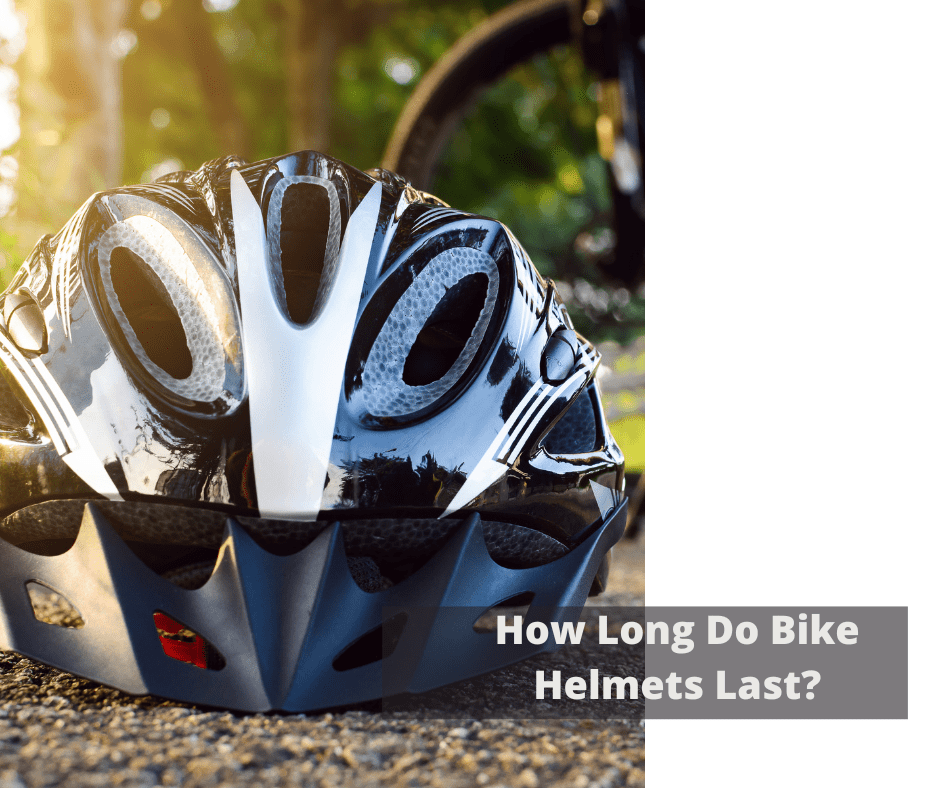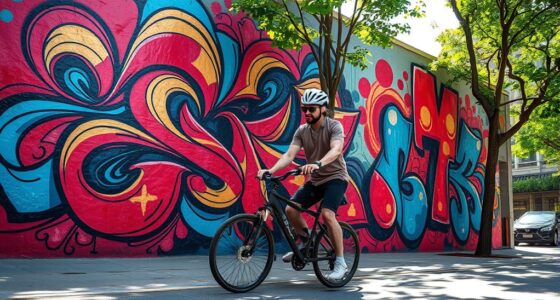Training wheels consist of extra wheels that are attached alongside the rear wheel, serving as a support mechanism to assist beginners in achieving balance while cycling. They are primarily employed for young kids who are in the process of learning to cycle, although adult versions exist as well. For young riders, these wheels act as a critical safety feature. Below are several points to keep in mind when utilizing training wheels.
Training wheels are a popular tool for children learning to ride a bike, but they require careful use to ensure that the child learns to ride properly and safely. Here are some things to remember when using training wheels:
- Don’t rely on training wheels for too long: Training wheels are a temporary tool to help children learn to balance and steer a bike. Parents should aim to remove the training wheels as soon as the child shows signs of being ready to ride without them.
- Adjust the training wheels properly: The training wheels should be adjusted to the correct height and angle to provide stability while allowing the child to lean and turn the bike. They should be just high enough to allow the bike to tilt slightly, but not so high that the child loses balance.
- Encourage the child to lean: Learning to ride a bike requires learning to balance, which means leaning into turns. Encourage the child to lean into turns and to shift their weight from side to side to maintain balance.
- Practice on level ground: Children learning to ride a bike should practice on level ground, free from obstacles or hazards. This will allow them to focus on balance and steering without distractions.
- Teach proper braking: Children should be taught how to use the brakes properly from the start. They should learn to use both the handbrakes and the pedals to slow down and stop the bike.
- Supervise the child: Children learning to ride a bike should always be supervised, even if they are using training wheels. This will help ensure their safety and allow parents to provide guidance and support as needed.
- Praise and encourage the child: Learning to ride a bike can be challenging and frustrating for children. It’s important to praise and encourage the child for their efforts and progress, even if they are struggling or making mistakes.
In conclusion, training wheels can be a helpful tool for children learning to ride a bike, but they require careful use and supervision. Parents should adjust the training wheels properly, encourage leaning, teach proper braking, practice on level ground, supervise the child, and provide praise and encouragement. These steps will help ensure that the child learns to ride safely and effectively.
Stabilizers
Stabilizers are a great addition to your child’s bike if they’re not ready to ride a full-sized bike yet. They are easy to attach and remove, and they provide added stability and confidence. They’re compatible with both 20″ and 24″ wheels, and they work with derailleurs.
Stabilizers come in different styles and mounts to the rear dropout on most bikes. The bolt mount is most common for single-speed bikes. Most children’s bike manufacturers will offer a stabilizer attachment for their bikes. Using a dedicated tool-free system for attaching stabilizers makes it a simple process for parents and children.
A child who does not have stabilisers is more likely to get wobbly, wobble, or crash when they are first learning to balance themselves. They may also lean in the wrong direction when they take a corner, and may jerk on sideways tips. Children who ride without stabilisers will have to retrain themselves when they move to a normal bike.
Stabilisers for training wheels are devices mounted on the rear wheel of the bicycle to provide extra stability. They’re commonly used for young children learning to ride a bike, but they’re also available for adults.
Adjustable Wheels
Adjustable training wheels can be installed on a bike, making it easier for your child to learn how to ride. They are ideal for younger children, but older children can also benefit from them. They are easy to adjust and can be mounted on most bikes. Most have reinforced steel construction and can support a weight of up to two hundred pounds. Many models also come with mounting hardware so that you don’t have to spend money on tools or replacement parts.
Adjustable training wheels can be used on any size bike, and are ideally suited for 20-inch and 26-inch wheels. They can be installed without the use of tools, and are designed to glide smoothly. Many training wheels are available on CyclingDeal and are designed to fit most bikes, including 700c bikes.
One set of training wheels is the Fortop Bicycle Training Wheels. These are ideal for children who weigh between seventy and one hundred pounds. This product includes all fittings and instructions for installing the wheels. It’s also a good choice if you’re looking for an affordable, adjustable set for your child.
A good set of training wheels is crucial for your child’s safety and balance training. Ideally, the training wheels are set slightly higher than the rear tire. Otherwise, it would be impossible to balance your child’s weight on all three wheels. As a result, uneven riding will result in poor traction and limited braking power.
Uneven balance
A bicycle with training wheels can be difficult for a child to balance. The training wheels make the transition from pedal to pedal shaky, but once a child is comfortable on the training bike, the transition is easier and the child will have more confidence. Taking the training wheels off can also help your child build his or her balance.
Safety
One of the most important things to remember while riding your child’s bike is the safety of training wheels. They are a vital safety tool, allowing your child to practice balance and coordination skills. However, it’s important to remember that a training wheel is not a substitute for a normal bike. They are not the same thing as a regular bike, and they may not be necessary for every kid.
Cost
The cost of training wheels can vary significantly depending on the features you want, as well as the brand and model you buy. Good quality training wheels can be quite expensive, and the price goes up with customization and technical support. However, basic training wheels are inexpensive and should be fine for your first purchase. As your child grows and your budget increases, you can spend more for more advanced training wheels.
Quality and durability are two of the most important factors when purchasing training wheels. Comfort is another factor. You want a wheel that will fit your child comfortably and not injure him or her. Also, look for a good warranty. Some manufacturers do not offer warranties, so you may want to look for something that does.
Stabilizer wheels are very important for a number of reasons. For one thing, they fit through standard doorways, and they are very useful when using bicycle racks and bicycle carriers. Another benefit of stabilizer wheels is that they don’t require a kickstand. Unlike training wheels, stabilizer wheels also allow you to fit your bike into a standard doorway.
A good quality set of training wheels will be very durable and quiet, with a wide tire and solid wheel base. A solid wheel base provides extra stability during rides, and the wide tire ensures good ground contact, as well as less slippage. A wide tire will also fit a wide range of bikes. However, some bikes have sizing issues that make mounting difficult.










